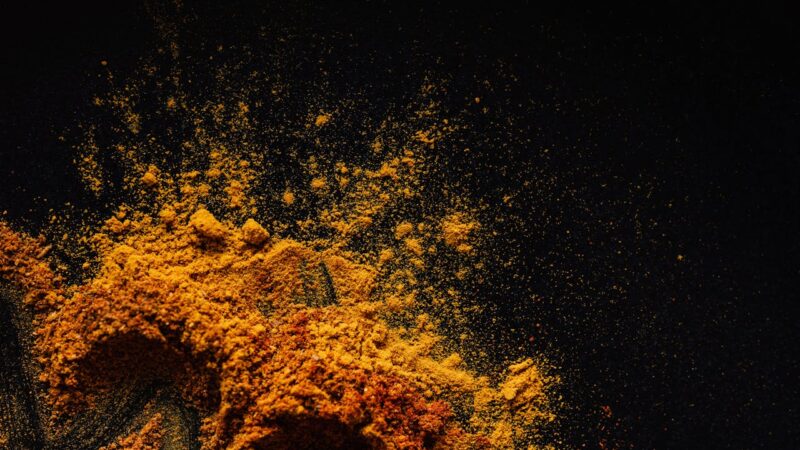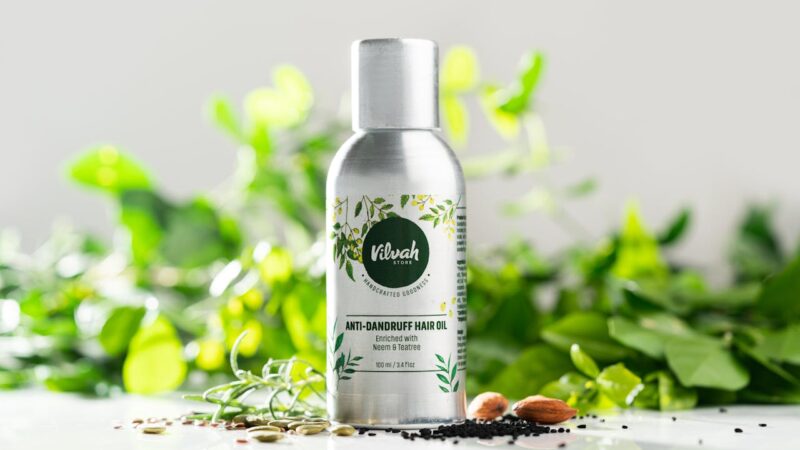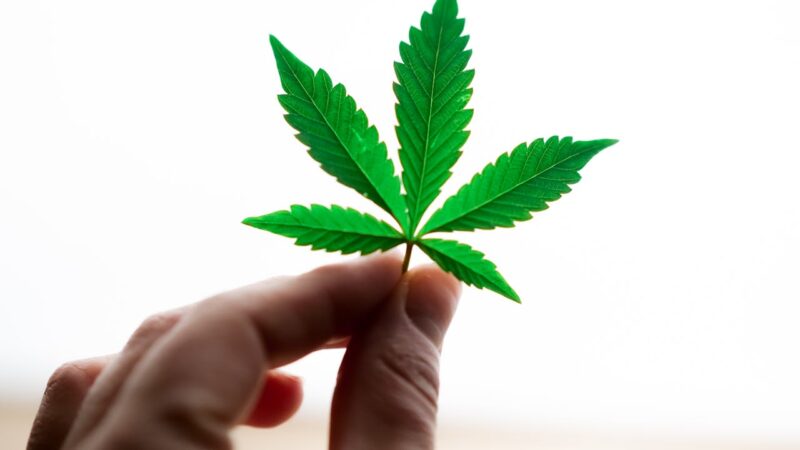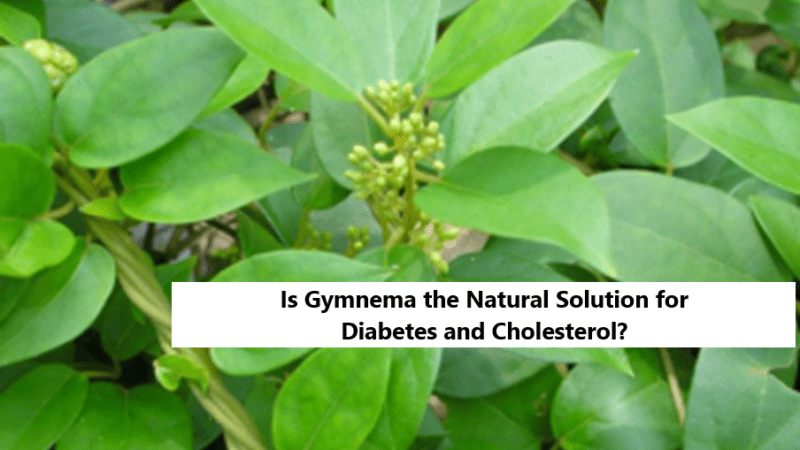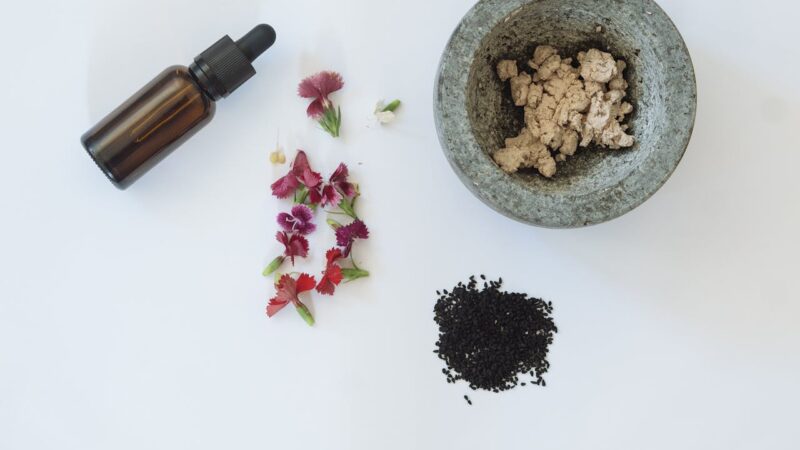Protecting Children During Monsoon: Common Illnesses and Prevention Tips
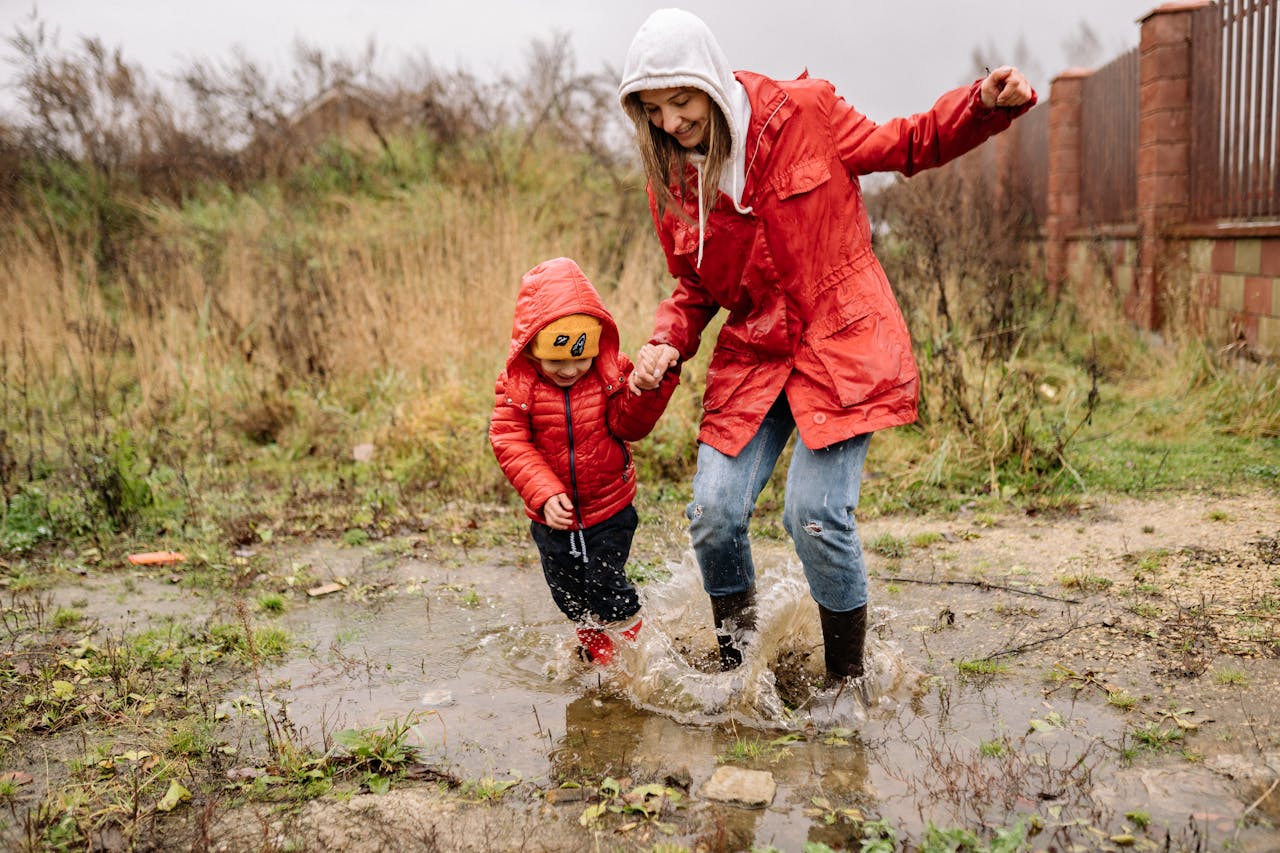
As the monsoon season descends, it brings not only relief from the sweltering heat but also a host of health challenges, particularly for children. Dr. Mahesh Hiranandani, a prominent pediatrician from Cloudnine Hospital in Chandigarh, underscores the importance of awareness and proactive measures to safeguard children’s health during this damp season.
Common Monsoon Illnesses
The onset of monsoon significantly increases the risk of illnesses among children, primarily due to the proliferation of bacteria and viruses in stagnant water. Dr. Hiranandani highlights respiratory and gastrointestinal infections as prevalent concerns during this time. Symptoms such as fever, cough, throat irritation, vomiting, or diarrhea are common manifestations. While many of these illnesses are self-limiting, complications such as pneumonia or dehydration may arise, necessitating prompt medical attention. Dr. Hiranandani strongly advises against self-medication, emphasizing the importance of consulting healthcare professionals for appropriate treatment.
Water and Food-borne Diseases
Water and food-borne diseases like infectious diarrhea and typhoid fever are rampant during the monsoon. These illnesses are often transmitted through contaminated water or improperly cooked food. Viruses such as Hepatitis A and E, which affect liver function, also pose significant risks. Dr. Hiranandani stresses the importance of ensuring safe drinking water, practicing proper food hygiene, and opting for vaccinations against diseases like typhoid, hepatitis A, rotavirus, and Japanese encephalitis to mitigate these risks effectively.
Vector-borne Diseases
Mosquito-borne diseases such as malaria, dengue fever, and Japanese encephalitis are prevalent during the monsoon season. Dr. Hiranandani recommends protective measures such as wearing appropriate clothing, using mosquito nets and repellents, and implementing source reduction methods to minimize mosquito breeding sites. These preventive actions are crucial in preventing vector-borne illnesses that can escalate quickly if not managed promptly.
Skin Issues
The humid weather conditions during monsoon also contribute to fungal and bacterial skin infections. Dr. Hiranandani advises maintaining daily hygiene practices, including regular baths and wearing loose, breathable cotton clothing to prevent skin-related issues. Prompt medical attention is crucial for conditions like leptospirosis and snake bites, which require immediate intervention to prevent complications.
Preventive Measures
In conclusion, Dr. Hiranandani emphasizes several key preventive measures to safeguard children’s health during the monsoon season. These include:
- Handwashing: Regular and thorough handwashing with soap and water.
- Safe Food Practices: Proper storage and preparation of food to prevent contamination.
- Safe Drinking Water: Ensuring access to clean and potable water sources.
- Vaccinations: Administration of vaccines against typhoid, hepatitis A, rotavirus, and Japanese encephalitis as recommended by healthcare providers.
- Mosquito Protection: Use of mosquito nets, repellents, and clothing to minimize exposure to mosquito bites.
- Skin Care: Maintaining good hygiene practices and seeking prompt medical attention for skin-related issues.
By following these simple yet effective precautions, parents can significantly reduce the risk of common monsoon-related illnesses and ensure that children can enjoy the season safely and healthily. Vigilance and proactive healthcare measures play a crucial role in protecting children from the health challenges posed by the monsoon rains.


